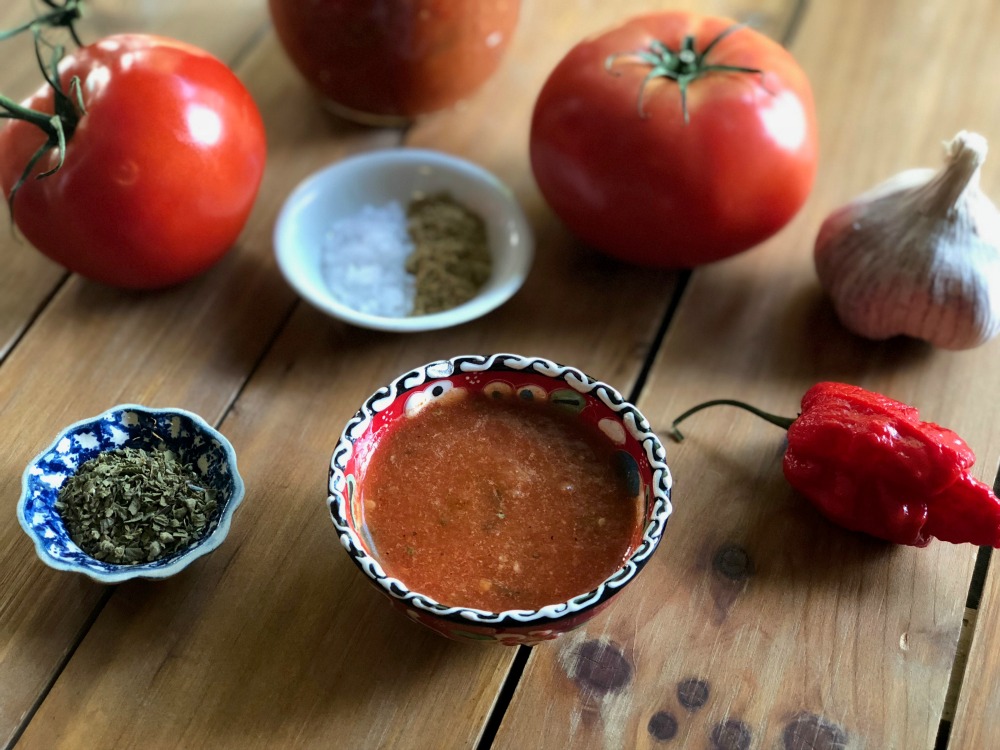

When a spice is introduced to a dish in a particular way, it changes directly in response to the time. There will be no discernible difference in temperature even after it has been simmering for a few minutes. Individual peppers and bottles of hot sauce can have a lot of heat, which is because capsaicin levels are not the same in each type, just like they are in strawberries. In comparison, the average Jaleceo is 440 times hotter than this.

You’ll need to take off the placenta and seeds, as well as the peppers, before adding them to your dishes. Cooking peppers can help reduce their heat, and you can do so in a variety of ways. More capsaicin is released into the dish as the length of time it takes for the peppers to cook increases, causing the entire meal to be hotter. Allow the chilies to cook with the rest of the ingredients for 5 to 10 minutes on medium heat as part of a larger dish with standard cooking times. When chilies are roasted over a hot grill, capsaicin in the peppers can be destroyed, resulting in a decrease in their spiciness. The longer the cooking time (especially when using high-heat steam), the milder the dish will become. Cooking time can make the peppers and dishes they are in taste milder than they should be, thanks to the lengthy cooking process. Is it true that peppers make food taste hotter? The only way to make chili less spicy is to roast it. The chili pepper is also typically used in smaller amounts than the Capsicum annuum pepper, so it has less of an impact on the overall heat of the sauce. The chili pepper is a type of Capsicum pepper, which is not as hot as the Capsicum annuum pepper. Chili sauces are less hot than the pepper because they use a different kind of pepper.


 0 kommentar(er)
0 kommentar(er)
